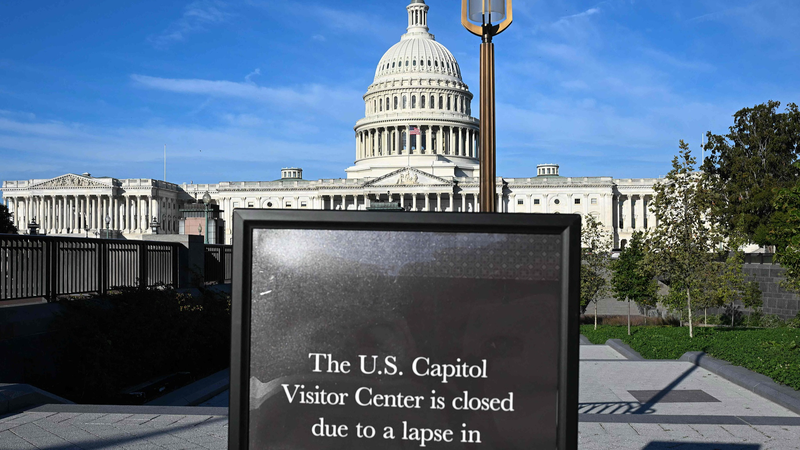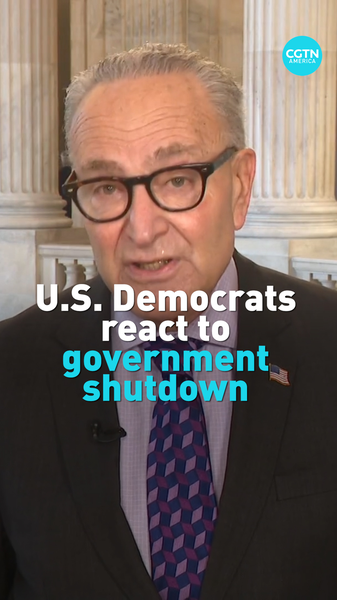The U.S. federal government shutdown this week, the first in nearly seven years, has reignited debates about Washington's political dysfunction. While lawmakers clash over spending priorities, the immediate consequences are felt by federal employees, families, and businesses navigating financial uncertainty.
Since 1976, the U.S. has experienced over 20 government shutdowns, with the 2018-2019 impasse lasting 35 days and costing the economy $11 billion. Nearly 800,000 workers were furloughed or unpaid during that period, disrupting critical services from airport security to food safety inspections. The current shutdown threatens similar disruptions, with federal workers facing delayed paychecks amid rising living costs.
At its core, the shutdown reflects a systemic challenge: the U.S. budgetary process has become a battleground for ideological conflicts. Partisan disagreements over issues like healthcare and immigration often derail negotiations, transforming funding bills into political leverage. This cycle leaves agencies underfunded and workers vulnerable, with 80% of federal employees reportedly living paycheck-to-paycheck during past shutdowns.
The economic ripple effects extend beyond borders. Delays in key data releases—such as employment figures or inflation statistics—could complicate the Federal Reserve's monetary policy decisions, impacting global markets already strained by inflation and geopolitical tensions. During the 2019 shutdown, postponed agricultural updates left farmers without crucial planting guidance, while GDP reporting gaps clouded economic forecasts.
As national parks close and passport processing slows, the shutdown underscores a paradox: the world's largest economy remains susceptible to self-inflicted crises. For families awaiting paychecks and businesses relying on government services, the human toll of political stalemate is all too real.
Reference(s):
U.S. government shutdown: The human face of a political stalemate
cgtn.com








